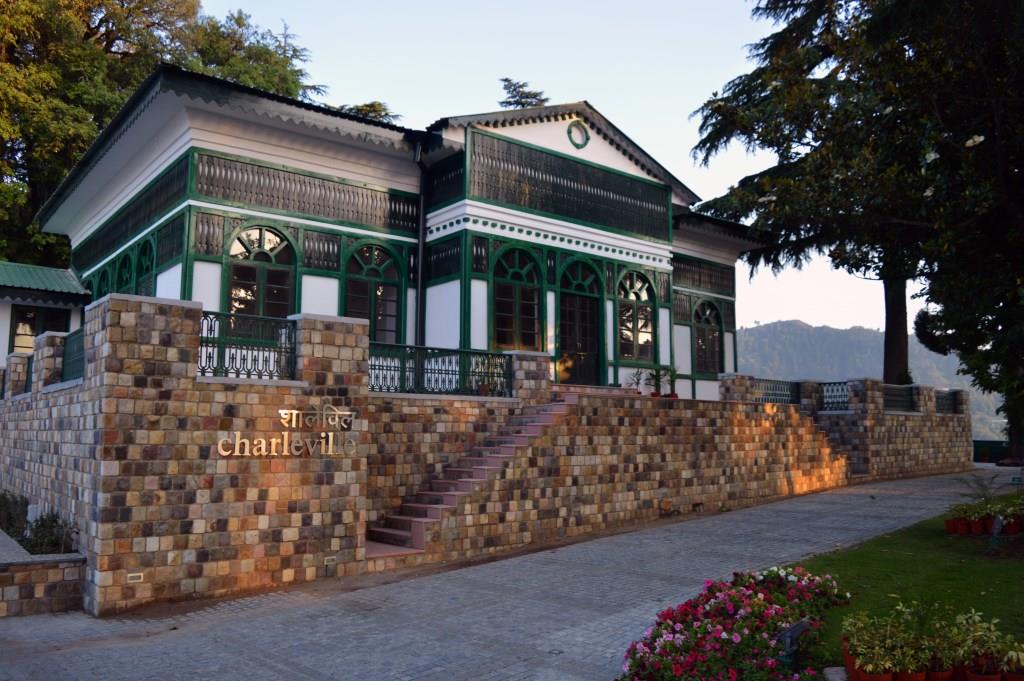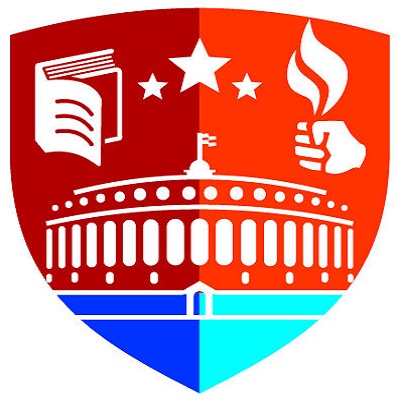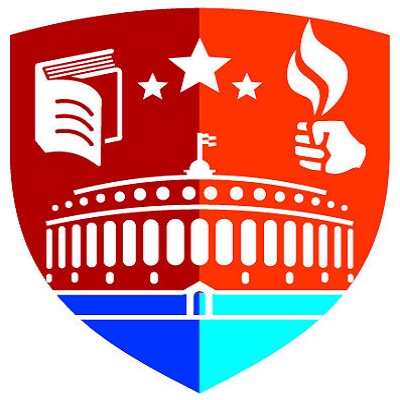Vinayak Damodar Savarkar is not only a great revolutionary, but also a social reformer, visionary and played a crucial role in Indian National Movement. Discuss (200 Words)
Refer - Indian Express
Enrich the answer from other sources, if the question demands.

K. V. A 6 years
Pls review

IAS Parliament 6 years
Good answer. Keep Writing.

IAS Parliament 6 years
KEY POINTS
· Savarkar’s life pertains to his efforts as a social reformer, especially against caste discrimination and untouchability.
· After undergoing nearly 15 years of torturous imprisonment in the Andamans, Savarkar focused on social reforms after his release.
· V.D. Savarkar wanted to eradicate the indigenous practices that were creating differences in society.
· Savarkar was a strong critic of the caste system and ensured that children of the so-called lower castes attend school.
· He gave monetary incentives to their parents and distributed slate and chalk to children from these castes.
· He insisted that the government should abandon the title ‘special schools for low caste children.
· He himself brought up a girl child from a former untouchable community and taught people from untouchable communities to read, write and recite the Gayatri mantra.
· In 1930, Public lectures by women and inter-caste dining by women were special features of the festivities conducted by Savarkar.
· Savarkar was also behind many temple movements of Maharashtra, where the untouchables were encouraged to pray, recite hymns and conduct “abhishek” of the Vishnu idol.
· In 1931, the Patitpavan temple was established in Ratnagiri; it had on its trust, representation from all castes, including those from the erstwhile untouchable caste.
· Savarkar also organised community meals in some temples. The first community meal for women in Maharashtra was held in the Patitpavan temple on September 21, 1931.
· Savarkar also talked about the ways to abolish the caste system and untouchability,.
· In 1931 Savarkar wrote a song related to the entry of erstwhile untouchables into temples
· There are several aspects of this great revolutionary, reformer and visionary which demand greater attention.